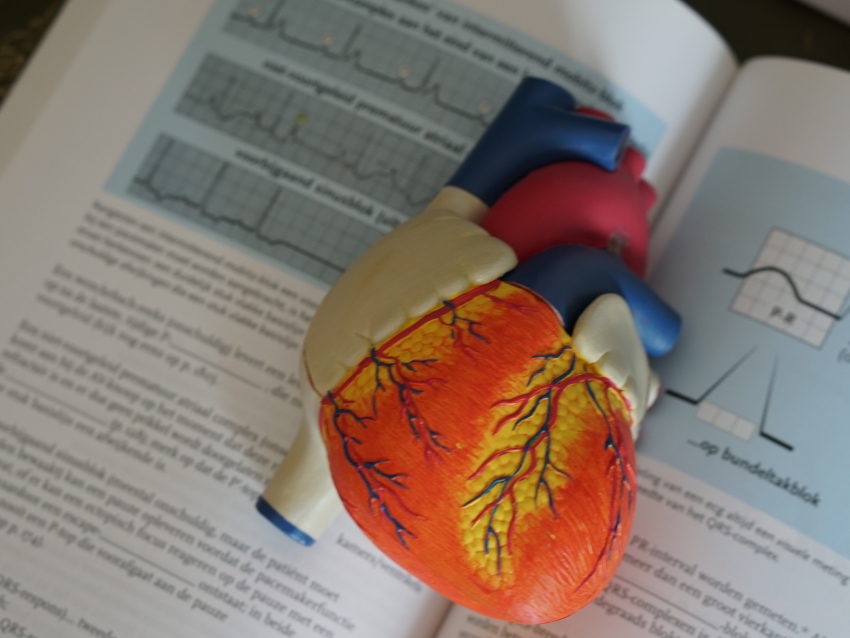
Researchers at the UK College of Pharmacy Uncover New Biomarker for Cardiovascular Disease
The quest to be proactive in fighting heart disease has taken an unprecedented turn. Researchers from the College of Pharmacy have uncovered a potential new indicator of heart disease; these indicators, referred to as biomarkers, can be a sign that a patient is at risk for cardiovascular issues.
Pharmacy graduate students David Henson and David Nardo, PharmD along with faculty advisor Vincent Venditto, PhD worked to test the association between adverse cardiovascular events, like heart attacks and strokes, and ApoA-I.
ApoA-I is a protein that is instrumental in carrying fats and cholesterol throughout the bloodstream. The recently published findings show how the Venditto lab identified a unique form of ApoA-I that has an immune molecule, or antibody, coupled with it. High levels of this ApoA-I/antibody complex are associated with improved patient outcomes.
This is a significant finding in that it could provide doctors another indicator of an individual who is at risk for adverse cardiovascular events. Low levels of HDL (often called the “good” cholesterol) coupled with factors like family history, age, sex, and smoking can help doctors treat at-risk patients before their symptoms worsen.
“The implications for this data are exciting, and we look forward to evaluating this biomarker in a larger cohort of patients and uncovering the role of this biomarker in cardiovascular disease,” said Venditto, assistant professor at the UK College of Pharmacy.
Biomarkers have become an integral aspect of the medical field contributing to the creation of preventative and individualized treatments for patients. Knowledge of these biomarkers can allow physicians to be more proactive in cardiovascular care. “Once further research is conducted, we have the potential to improve the approach to cardiovascular health and improve the way these kinds of issues are addressed,” said Henson.
The problem of heart disease is one that hits close to home for many Kentuckians, and this biomarker could change the way cardiovascular care is performed forever.
Heart disease is the leading cause of death in the United States, and Kentucky ranks 9th overall in terms of heart disease deaths per year. According to the Center for Disease Control, over 10,000 Kentuckians lost their lives to heart disease in 2017. Statistics like these are what keep heart disease and strokes the top two causes of death in Kentucky.
This research is an opportunity to help lower that number for the future. “Our hope is that our research and others like it will bring Kentucky’s numbers down. If we remain persistent, pushing the boundaries of what we already know, we can lessen the impact of heart disease both in Kentucky and in the entire U.S.” said Nardo, fellow researcher and graduate student.
The use of the HDL and immune complexes (ApoA-I/antibody) led these UK researchers to a conclusion contrary to that of their peers. Past research has found antibodies in circulation targeting ApoA-I increase the risk of heart disease. On the contrary, this research identified ApoA-I/antibodies as an unexplored component of the immune response that is associated with improved survival in patients with cardiovascular disease.
This research was supported through funding from the NIH and the American Heart Association.
